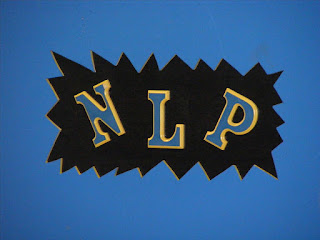Brand Marketing within covid-19 Crisis
In times of crisis, it may be hard for us marketers to know where to begin. In the last six months and more, people have shifted into protection mode, focused on themselves, their families, their employees, their customers, and their communities. Social media has reflected it, with pleas for fellow citizens to follow government safety guidelines. People have crossed partisan lines to build bridges within their neighborhoods and communities and unify against an invisible force . With social distancing keeping many people at home, we’re also seeing major shifts in behavioral trends. Consumers are seeking more in the way of escapism and entertainment — downloading gaming apps, spending even more time on social media, and streaming more movies and scripted programming. And between remote working arrangements and live-streamed workout classes, college lectures, and social engagements, we are testing the bandwidth of our homes in a largely pre-5G world . Meanwhile, the nee...

